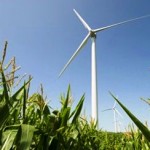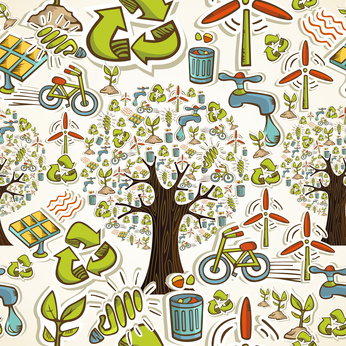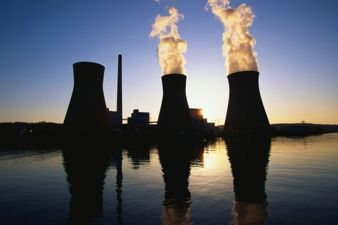According to a UNEP-backed study released earlier this year, China consolidated its position in 2012 as the world’s dominant renewable energy market player – up 22 per cent to US $ 67 billion – thanks largely to a jump in solar investment.
Despite such positive steps, the UNEP report released on August 2 finds there remain many challenges for China in its transition to a green economy, particularly water and waste issues. Key governance concerns include weak implementation and policy enforcement, and poor monitoring due to lack of technical and financial resources as well as human capital.
The UNEP study recommends the development of national indicator systems so policy makers can gauge the effectiveness of their policies and strengthen the capacity of local governments to implement and enforce policies.
China is one of over 30 countries currently availing of UNEP’s Green Economy Advisory Services. The support package consists of policy advice, technical assistance and capacity building provided to governments in support of their national and regional initiatives to transform and revitalize their economies.
Check the following link to read/download the Full Report:
http://www.unep.org/pdf/China_Resource_Efficiency_in_English_2013.pdf
Source: UNEP.
Notes:
The ‘Resource Efficiency: Economics and Outlook for China’ report supplements the ‘Resource Efficiency: Economics and Outlook for Asia and the Pacific’ report published by UNEP in 2011, with more detailed data and analysis specific to China.
This report, a joint effort of UNEP and its regional partners, the Commonwealth Scientific and Industrial Research Organisation (CSIRO) of Australia and the Chinese Academy of Sciences, intends to quantify environmental pressures through deeper analysis of resource use patterns, resource efficiency, drivers of resource use, greenhouse gas emissions and resource efficiency policy in China.
- China’s rapidly improving material standards of living have come with a greatly increased per capita demand for natural resources, and a corresponding increase in the environmental pressures associated with extracting, processing, and using these natural resources.
- The efficiency with which China converts energy into economic output, as measured by TPES/GDP (energy intensity), improved greatly over the period 1970 to 2009. Over the full period, energy intensity (EI) decreased at an average rate of 3.91% p.a. compounding. The Chinese improvement in energy efficiency by far exceeded the improvements for the world (0.68% per annum) and for Asia and the Pacific (0.13% per annum).
- Material intensity (MI) indicates the extent to which an economy has managed to decouple its growth from ever increasing inputs of raw materials. For most of the period 1970 to 2008 China exhibited a clear trend toward decreasing (improving) MI, decreasing by around 2% p.a. compounding, between 1970 and 2000. Unfortunately, since the year 2000, coinciding with a period of extremely rapid economic growth in China, the ongoing improvement in MI has almost stagnated, with MI decreasing by less than 1% p.a.
- China’s per capita energy consumption, as measured by total primary energy supply (TPES), has increased from 31% of the world average levels in 1970 to over 74% of the world average in 2005 and 95% in 2009.
- China’s growth in total water withdrawals was subdued over the period 1980 to 2005, when compared to the extremely rapid rates of growth in consumption of materials and energy. The total changes for the three sectors over the full twenty five year period were: agriculture -8%, industry +81%, municipal +797%, total +25%.
- China clearly achieved major decreases in its GHG intensity over most of the period 1970 to 2005, notably from the late 1970s to the early 2000s. Despite these improvements in GHG intensity, GHG emissions per capita grew rapidly over the same period, by an average of 4.1% p.a. compounding, with growth accelerating from the turn of the millennium.
- By the end of 2010, China had basically realized the targets of energy conservation and emissions reduction set up in the 11th FYP, including reducing accumulated CO2 by 1.46 billion tonnes, energy intensity by 19.1%, annual SO2 by 14.29% and COD emissions by 12.45%.
- China is the world’s largest market for new construction projects with around 2 billion m2 of floor space added annually, mostly in urban areas. While 60% of these new buildings are classified as residential, 30% are public buildings (i.e., non residential buildings) and the remaining 10% are used for industrial purposes. At present, the building sector accounts for nearly 30 per cent of China’s total energy consumption, and this proportion is growing steadily.
- China is a leading producer and consumer of motor vehicles and it has overtaken the United States as the biggest automobile market in the world. The number of registered cars increased from around 1 million in 1994 to nearly 33 million in 2008 (Pan, 2011).
- China is world leading in its effort to align economic development objectives with environmental objectives through well designed public policies that increase human well-being and reduce environmental degradation through promotion of a circular economy and cleaner production.














